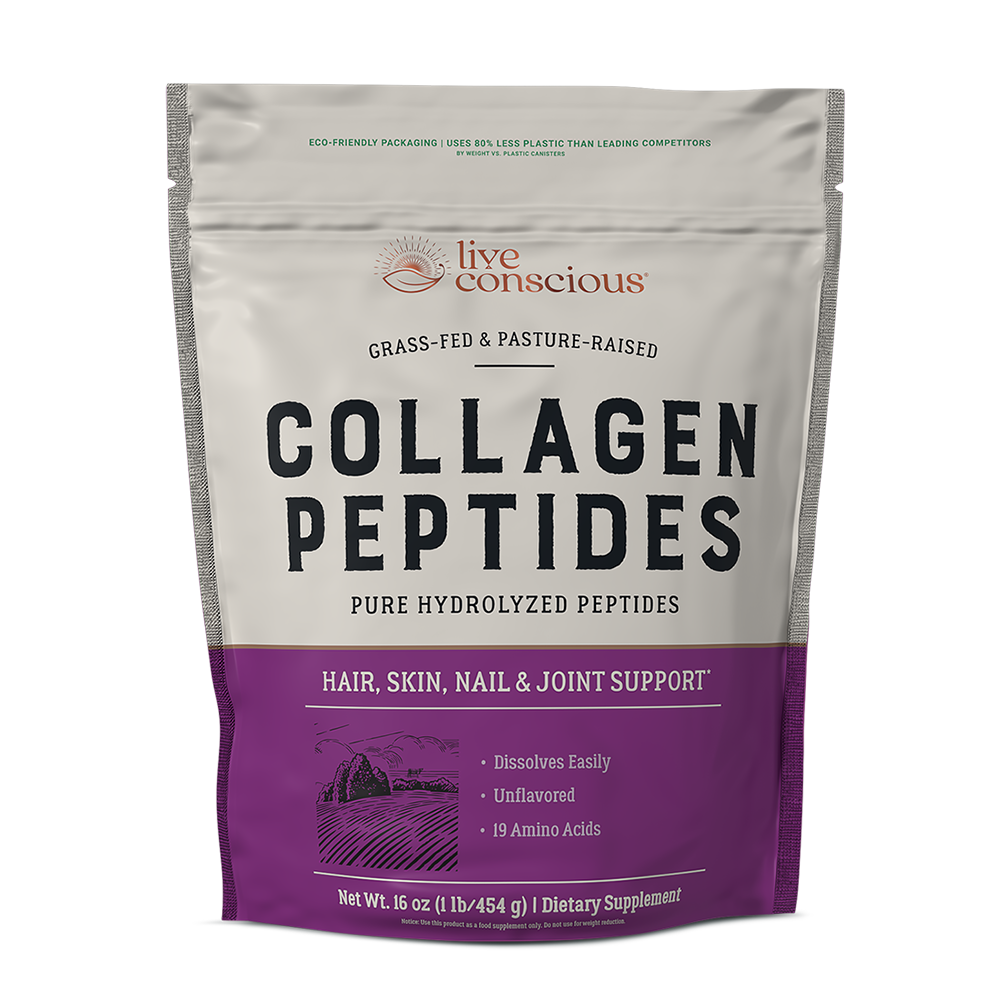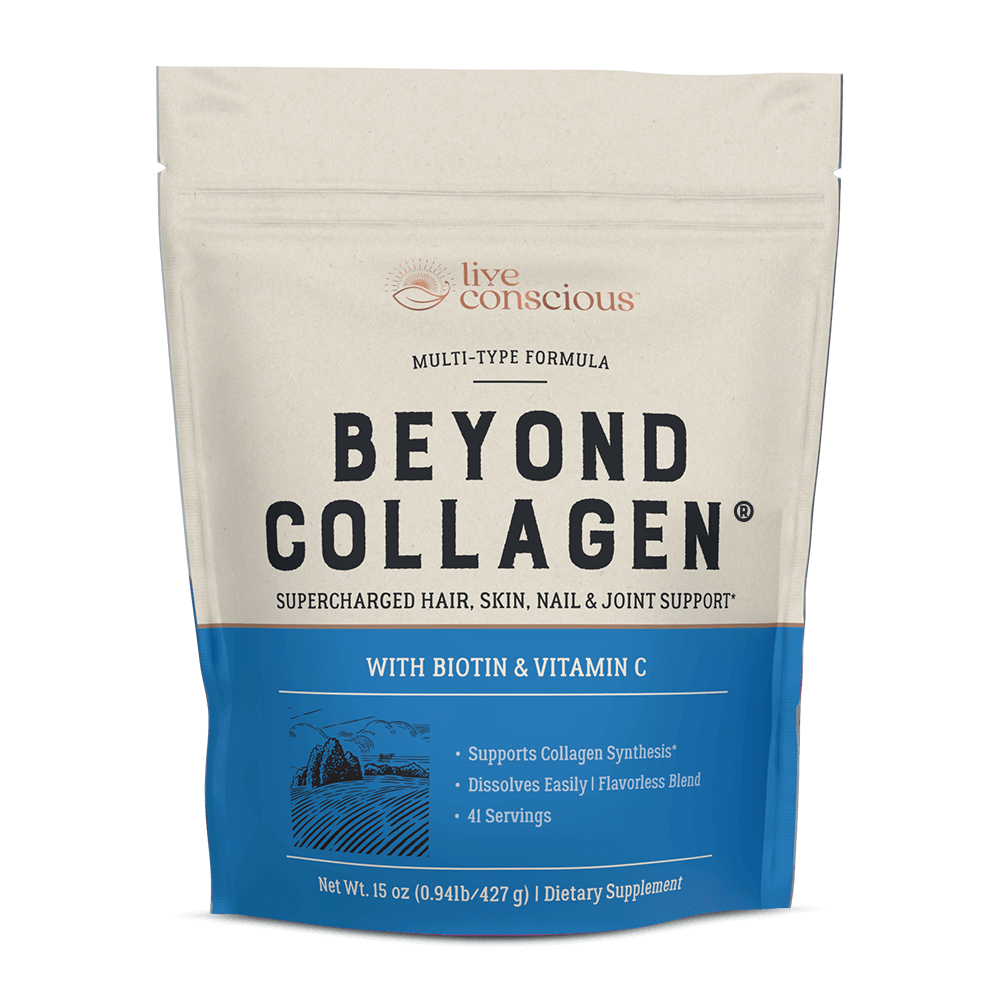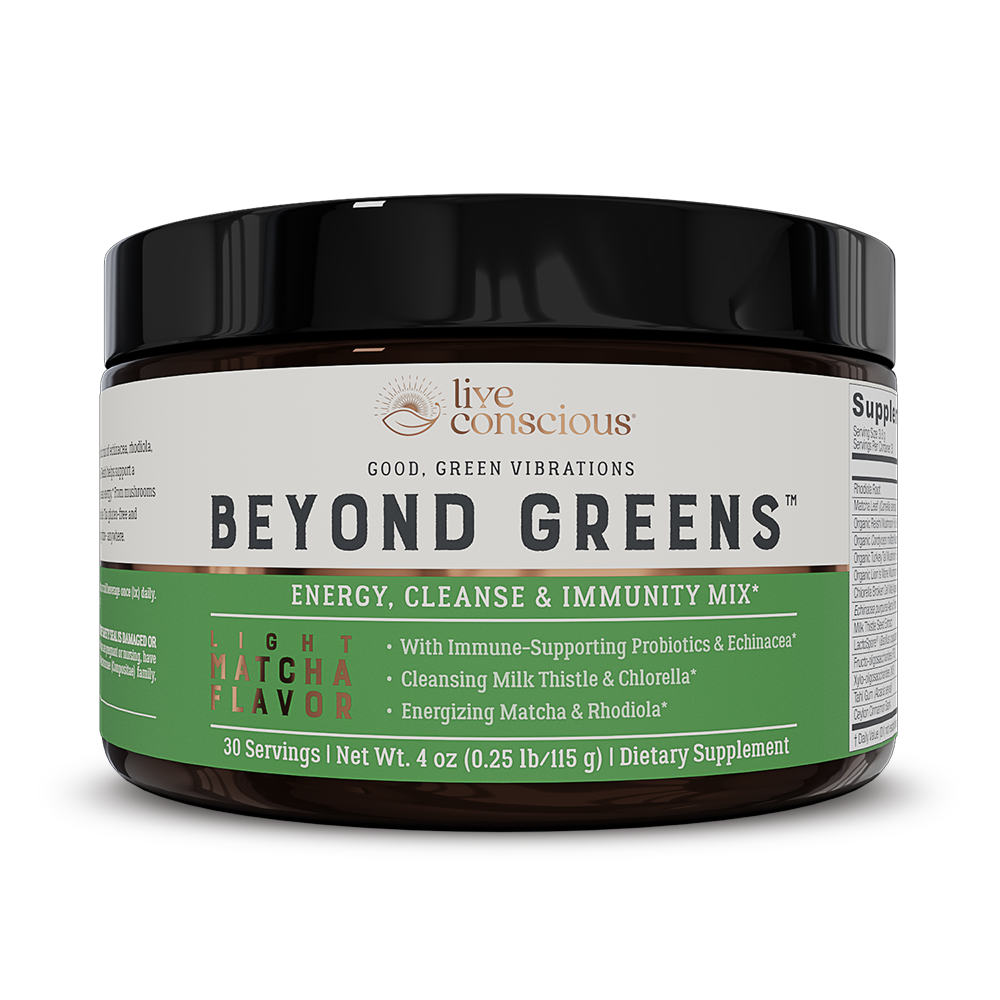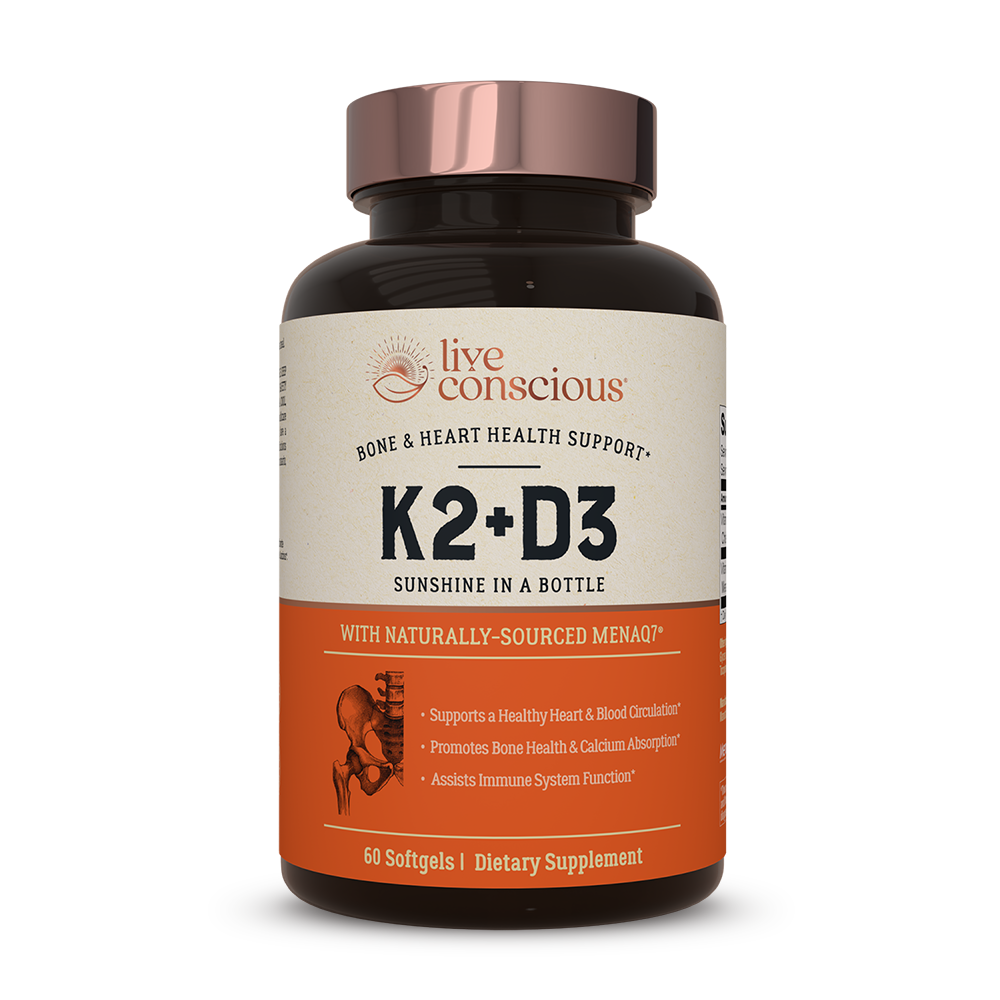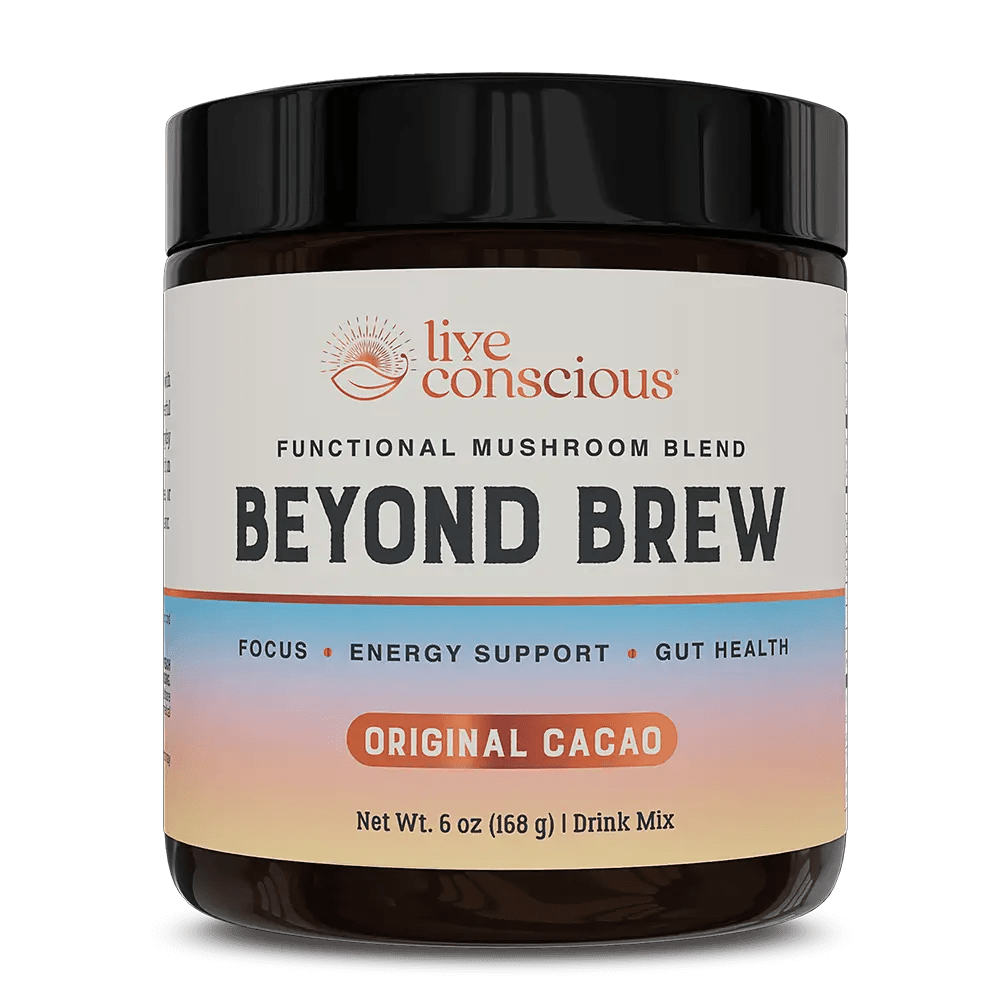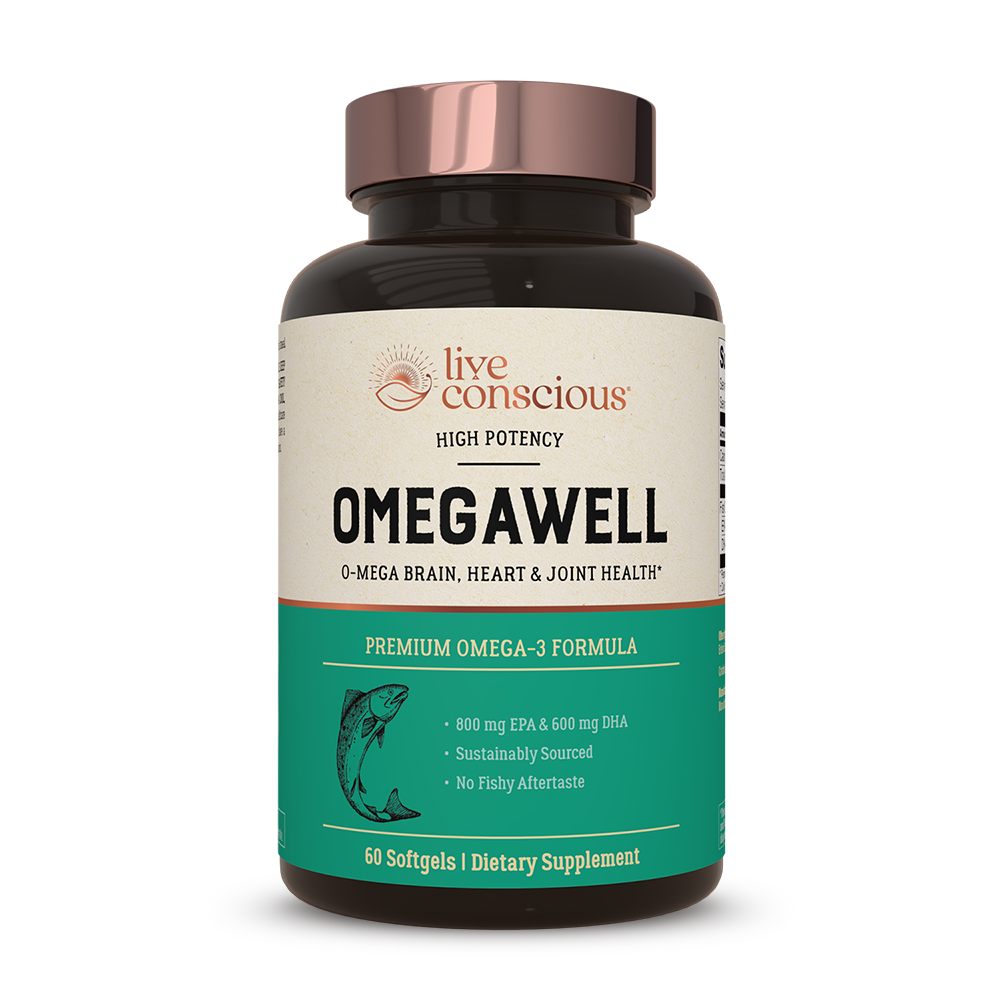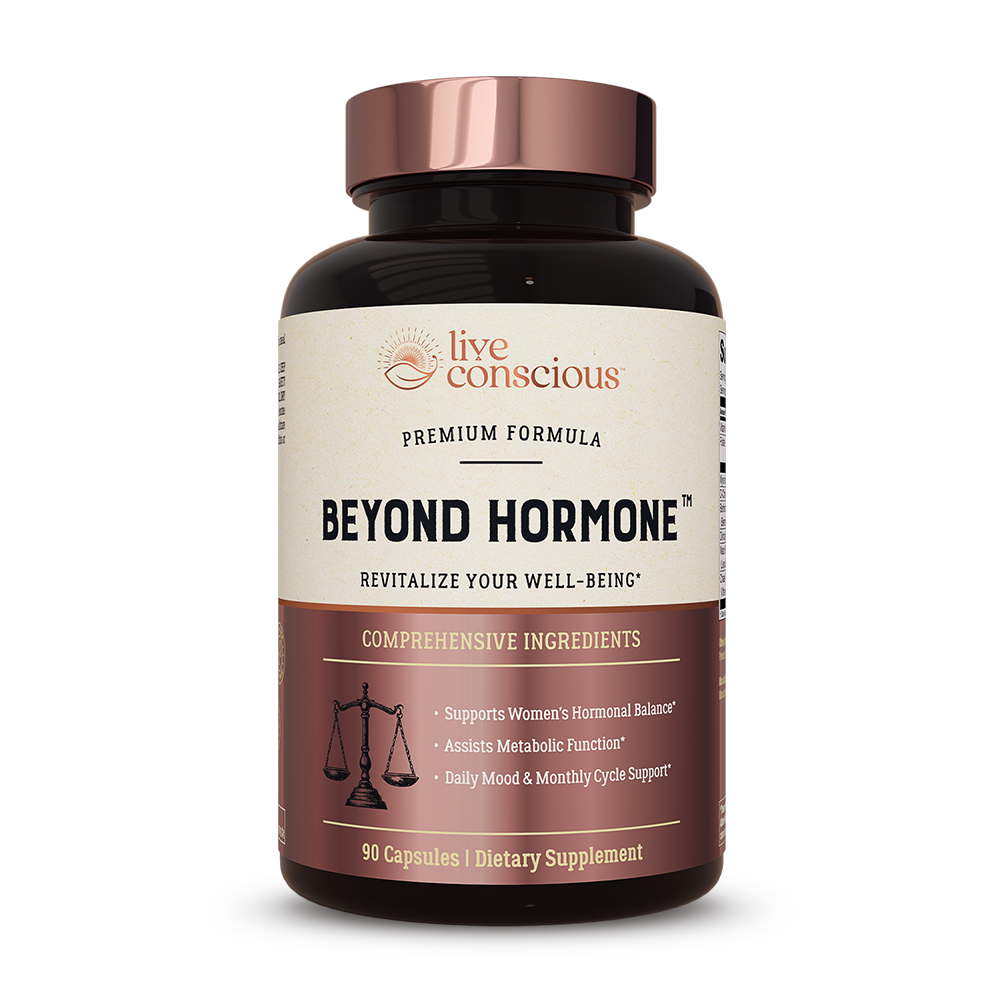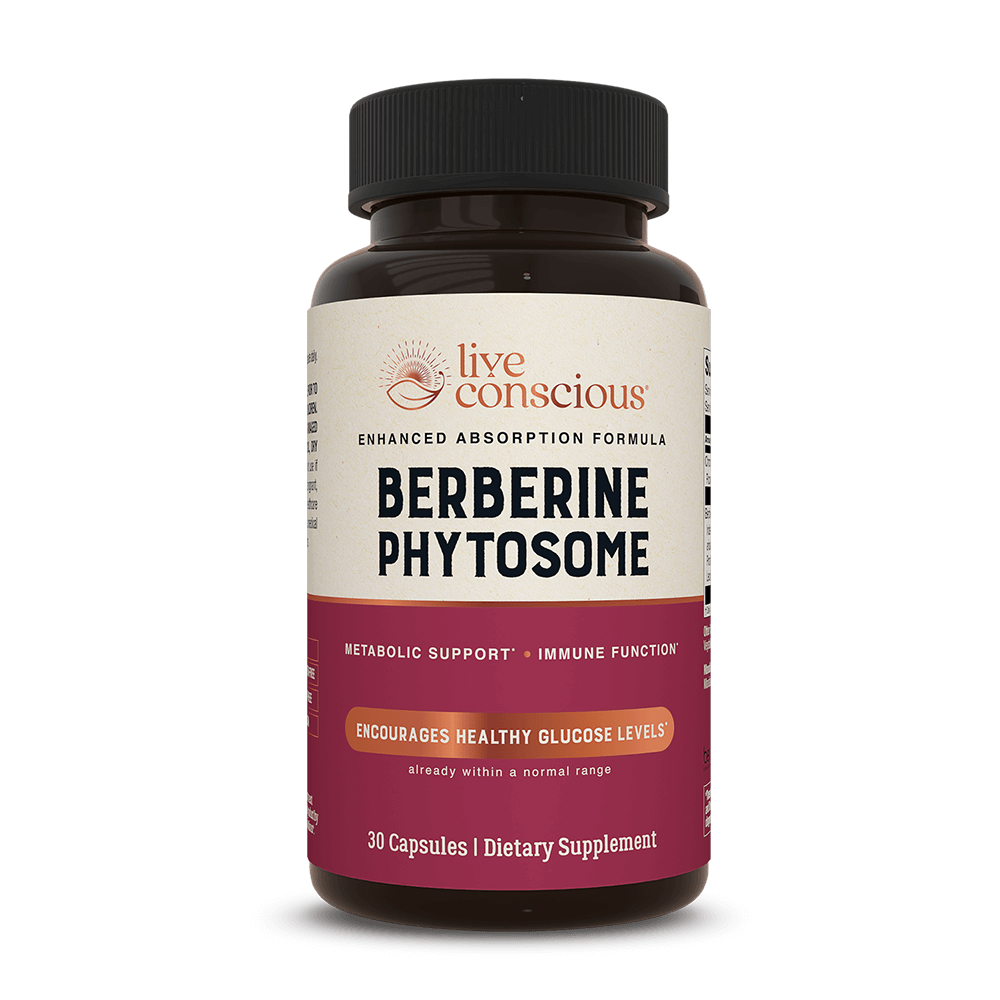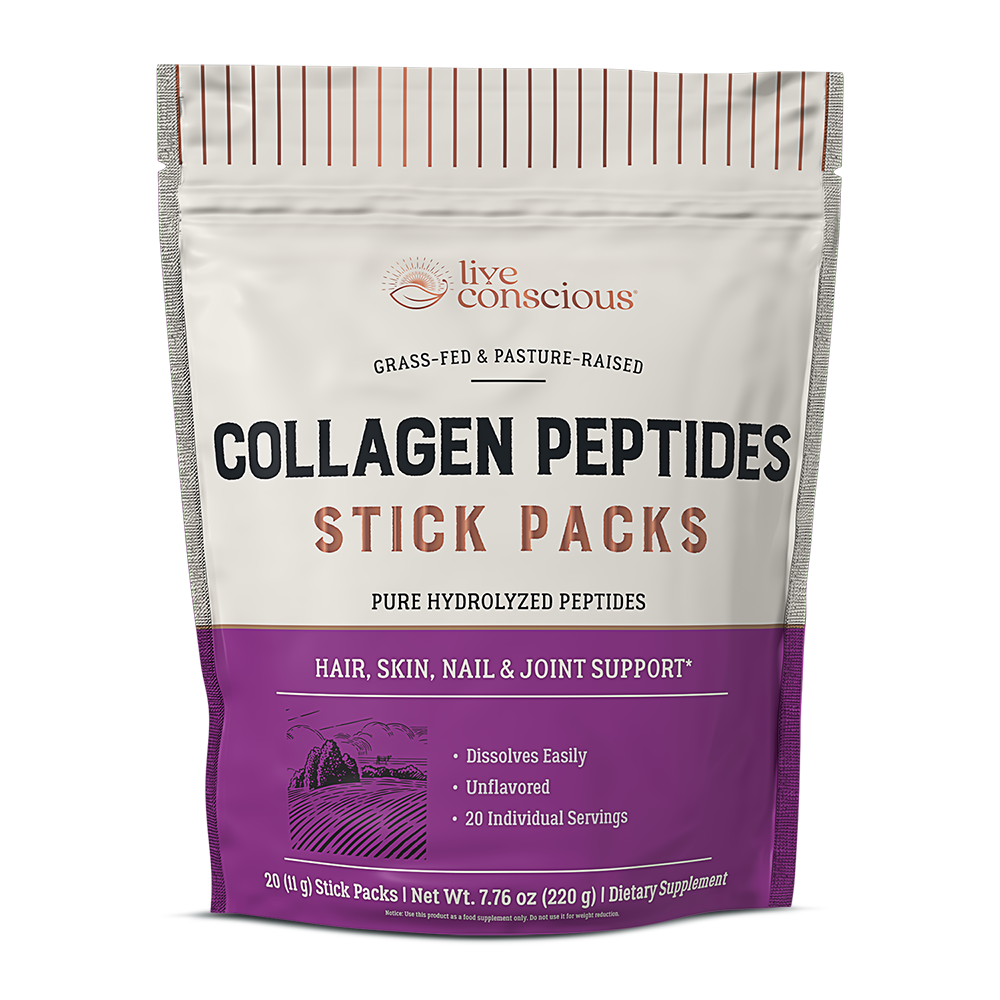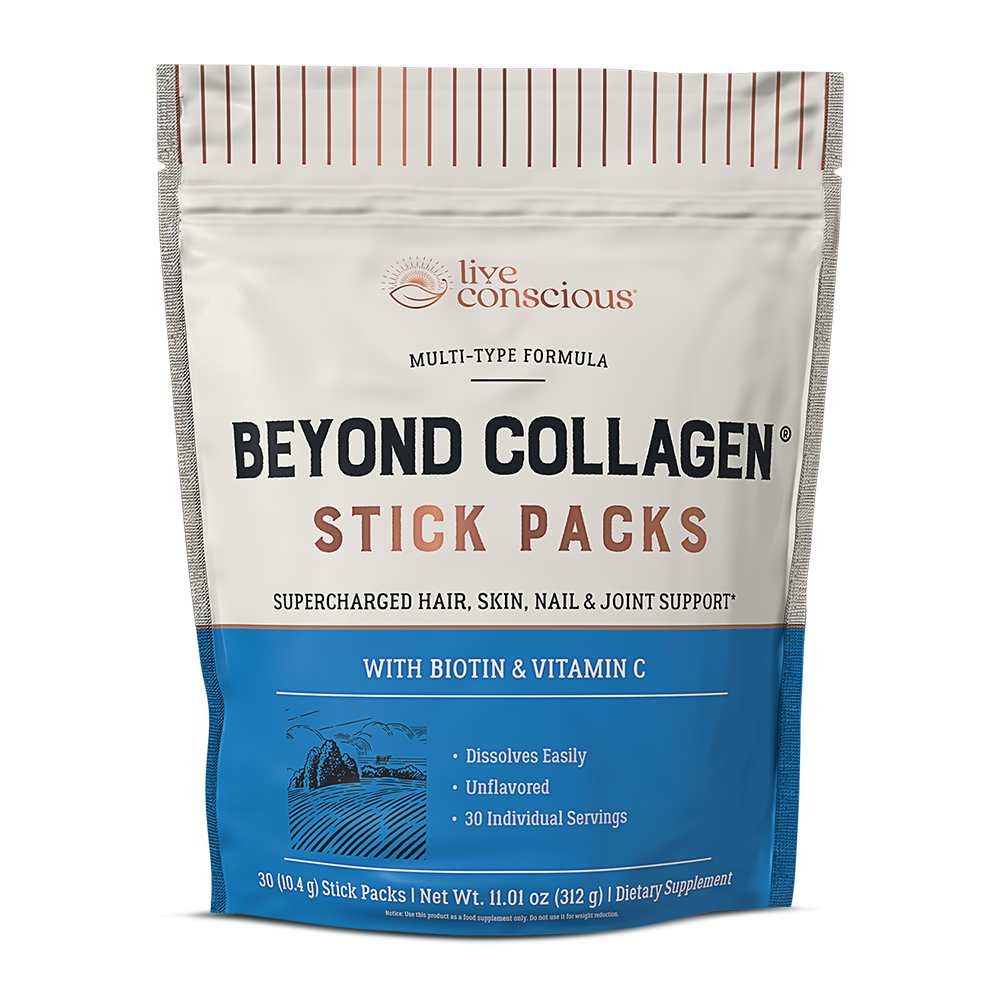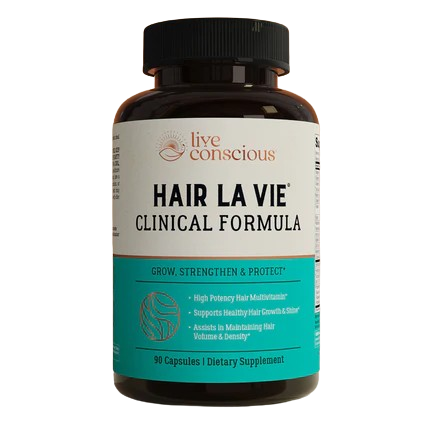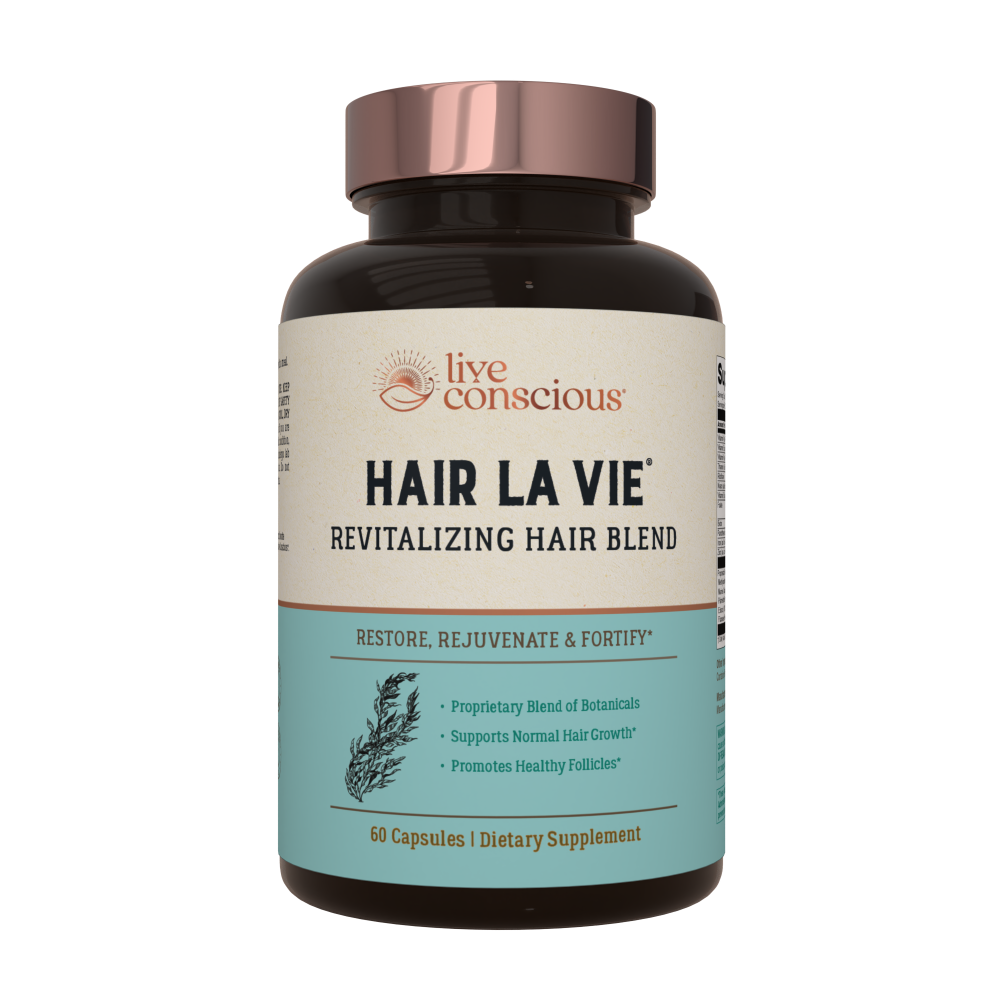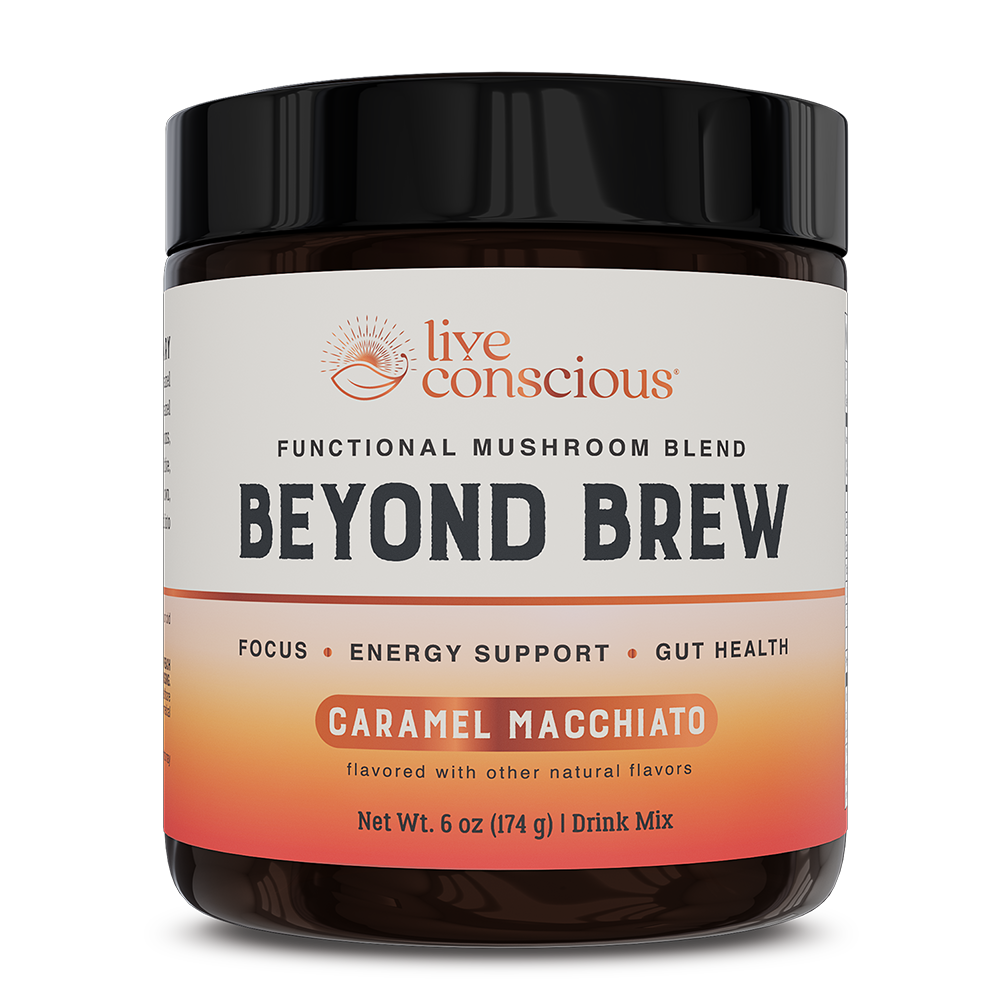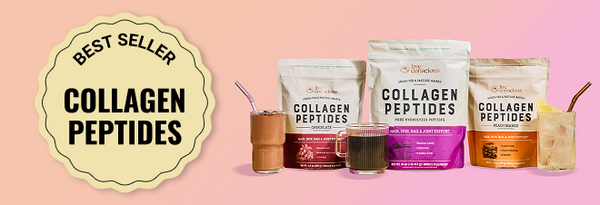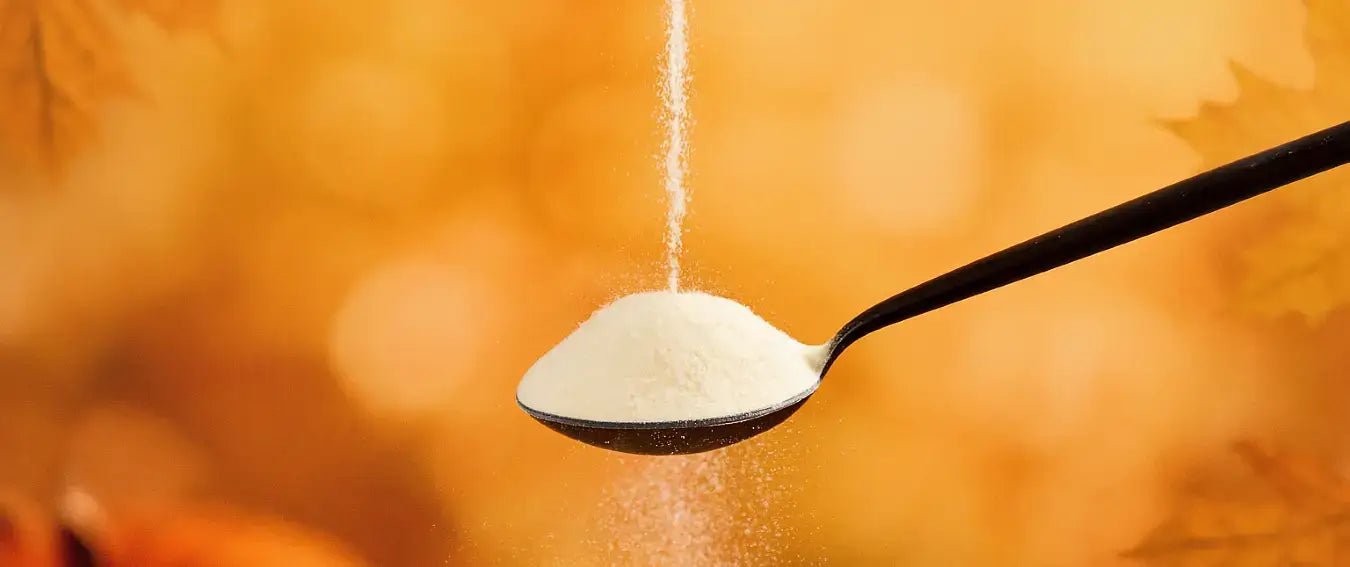So, What's the Big Deal with Collagen Types?
You've probably heard the buzz about collagen, right? It's everywhere – promoting glowier skin, happier joints, maybe even making your hair feel like a shampoo commercial. And for good reason!
Think of collagen as your body's superstar structural protein. It's like the biological "scaffolding" or even the "glue" holding everything together – super important stuff!
But here’s the plot twist: there isn't just one kind of collagen!
Your body actually uses different types of collagen for different jobs. Mind blown? Don't worry, it's actually pretty cool once you get the hang of it.
That's exactly what we're diving into today! We'll break down the main collagen types you hear about (like Type I, II, and III), figure out what they actually do, where your body uses them, and how knowing this helps make sense of all those collagen peptide supplements out there.
Ready to become a collagen pro? Let's do this!
Quick Refresher: What IS Collagen, Anyway?
First, a quick recap.
Collagen is the main protein that gives structure, strength, and elasticity to a ton of your body parts:
- Your skin (think bounce and firmness!)
- Your bones (hello, strength!)
- Tendons and ligaments (helps keep things connected!)
- Cartilage (cushioning those joints!)
- Even your blood vessels and organs!
Now, the not-so-fun part: our natural collagen production starts to sloooow down as we get older (we know, we're not thrilled about it either!).
This natural decline is a big reason why so many people are looking into awesome food sources and supplements to give their bodies a little boost.
The Collagen Crew: Why So Many Types?
Okay, so why doesn't the body just use one-size-fits-all collagen? Great question!
It boils down to this: Structure = Function.
Basically, different types of collagen molecules arrange themselves in slightly different ways.
Think of it like LEGOs—you can build a sturdy wall or a flexible bridge using different arrangements of the same basic bricks. These different structures give each collagen type unique properties, making them perfect for specific jobs in your body.
Now, scientists have actually identified at least 28 types of collagen! Whoa, right? But don't panic!
We're going to focus on the heavy hitters—the most abundant ones that are most relevant when you're thinking about your health goals and checking out supplements. Phew!
Meet the Key Players: Your Collagen Type Deep Dive!
Alright, let's get personal with the main types you need to know:
Type I Collagen: The Strength & Beauty Hero
- Teaser: Want resilient skin, strong bones, and healthy hair? Meet Type I collagen!
- What it is: This is the MOST abundant collagen in your body – we're talking like 90% of the total! It forms these super strong, densely packed fibers. Think tough stuff!
- Primary Locations: Everywhere! Skin, bones, tendons (connecting muscle to bone), ligaments (connecting bone to bone), your teeth, and general connective tissue.
- Key Benefits: Crucial for keeping skin elastic and hydrated (hello, youthful glow!), giving tissues their structure, and even helping with wound healing. It’s a real multitasker!
- Natural Sources & Supplement Focus: You find lots of Type I collagen in bovine (cow/beef) connective tissues and marine (fish) sources. So, supplements targeting skin, hair, nails, and bone health are often packed with Type I (sometimes paired with Type III) derived from these guys.
Type II Collagen: The Joint's Best Friend
- Teaser: Dealing with common joint discomfort or want to support cartilage? Type II collagen is your focus!
- What it is: This is the main protein found in cartilage. Its fibers are a bit less dense than Type I, making it perfect for creating that cushiony, shock-absorbing effect in your joints.
- Primary Locations: Mostly in elastic cartilage—think the stuff that cushions your joints (like knees and hips), but also in your ears and nose. It’s also found in your eyes!
- Key Benefits: Essential for building and maintaining healthy cartilage, cushioning those hardworking joints, and keeping things flexible. Your joints will thank you!
- Natural Sources & Supplement Focus: Chicken cartilage is a prime source—think chicken sternums (the breastbone). Bone broth made with cartilage-rich bones can also contain Type II. Supplements aimed squarely at joint health often feature Type II collagen, typically sourced from chicken.
Type III Collagen: The Youthful Structure Supporter
- Teaser: Looking for youthful skin structure and support for organs and blood vessels? Type III plays a key role!
- What it is: This is the second most common type, often found hanging out alongside Type I. It forms more delicate fibers called reticular fibers. Fun fact: It's super abundant in young skin and tissues!
- Primary Locations: You'll find it in your skin, muscles, blood vessels, and internal organs like your liver and lungs.
- Key Benefits: Works hand-in-hand with Type I to support skin firmness and elasticity (think youthful structure!). It also provides structural support for your muscles and organs and helps keep blood vessels strong.
- Natural Sources & Supplement Focus: Like Type I, bovine sources are rich in Type III. That’s why many "skin health" collagen supplements boast both Type I & III, usually derived from bovine hides.
- Real talk: Levels of Type III tend to decrease more noticeably as we age, making it a popular target for supplements.
Other Notable Types (Just a Quick Mention!)
- Type V: This one often works alongside Type I, helping to make sure those fibers form correctly. It's found on cell surfaces, in hair, and even the placenta. Basically, it helps maintain tissue structure and integrity.
- Type X: Primarily involved in bone formation (specifically how bone grows and mineralizes) and plays a role in joint cartilage health too. You might spot Types V and X listed in those broader "multi-collagen" formulas designed for overall support.
Hold Up, What About Eggshell Membrane?!
You might also see Eggshell Membrane Collagen popping up! And yes, it comes from exactly where you think—that thin, web-like lining inside an eggshell. Pretty cool, huh?
This stuff is a bit of a surprise powerhouse. It naturally contains a mix of collagen types, primarily Type I, Type V, and Type X.
Quick refresh: Type I = structure/skin, Type V = helps Type I/tissue quality, Type X = bone/cartilage health.
But wait, there's more!
Eggshell membrane isn't just about collagen. It also brings along other naturally occurring joint-loving buddies like glucosamine, chondroitin sulfate, hyaluronic acid, and elastin. It's like a built-in support crew!
Because of this unique combo of collagen types and other goodies, you'll often find eggshell membrane featured in supplements aimed at supporting joint comfort, flexibility, and sometimes even skin health.
It’s another awesome example of how different sources offer distinct benefits!
Collagen Sources vs. Supplements: What's the Difference?
Okay, so we know where these collagen types hang out naturally. Can't we just eat more of those foods?
Natural vs. Supplemental
You totally can get collagen from your diet! Think bone broth, tougher cuts of meat with connective tissue, and fish skin. However, the amount you get might be less concentrated, and it's harder to target specific types compared to using a supplement.
The Magic of Hydrolyzed Peptides
Most collagen supplements contain something called collagen peptides or hydrolyzed collagen. Fancy terms, right?
All it means is the long collagen protein chains have been broken down into much smaller pieces (peptides). Why? Because these smaller bits are way easier for your body to absorb and use! Genius!
Single Source vs. Multi-Collagen
This is where knowing the types comes in handy!
Some supplements focus on one source and type (like Marine Collagen, primarily Type I) for specific goals (like skin).
Others are "multi-collagen" blends, combining different sources (like bovine, chicken, marine) to give you a mix of types (I, II, III, maybe V and X) for broader wellness benefits.
Matchmaking: Collagen Type → Your Health Goals!
Alright, let's put it all together. How do you pick the right collagen type for you?
Goal-Oriented Choice—Think about what you're aiming for:
- Glowing Skin, Strong Hair & Nails, Bone Support? → Look for supplements rich in Type I & III. These often come from Bovine or Marine sources.
- Happy Joints & Cartilage Support? → Zero in on Type II collagen, usually sourced from Chicken.
- Overall Wellness & Broader Support? → A Multi-Collagen formula containing Types I, II, III (and maybe V & X) from various sources might be your jam.
Pro Tip: Read the Label! Always check the "Supplement Facts" panel on any collagen product. It should tell you which types of collagen are included and often lists the source(s) (bovine, marine, chicken, eggshell membrane, etc.). This helps you make sure you're getting what you need for your specific goals!
You Did It! Collagen Types Demystified!
Phew, that wasn't so scary, was it?
The big thing to remember is that different types of collagen do different jobs in your body. Understanding this helps you be way more intentional about your diet and supplement choices!
It's All About the Building Blocks: Collagen peptides in supplements give your body the raw materials it needs. Choosing a supplement rich in the specific types linked to your goals (like Type I for skin or Type II for joints) can help give targeted support where you want it most.
Your Super Quick Cheat Sheet:
-
Type I: Skin structure, bones, tendons, hair, nails (Think: Strength & Beauty)
-
Type II: Joint cartilage, cushioning (Think: Joints & Flexibility)
- Type III: Skin youthfulness, organs, blood vessels (Think: Structure & Elasticity, often buddies with Type I)
Want to keep exploring the amazing world of collagen? Dive deeper: Which Live Conscious Collagen is Best for You? or Answers to the Internet’s Most-Asked Collagen Questions.
Happy collagening!
